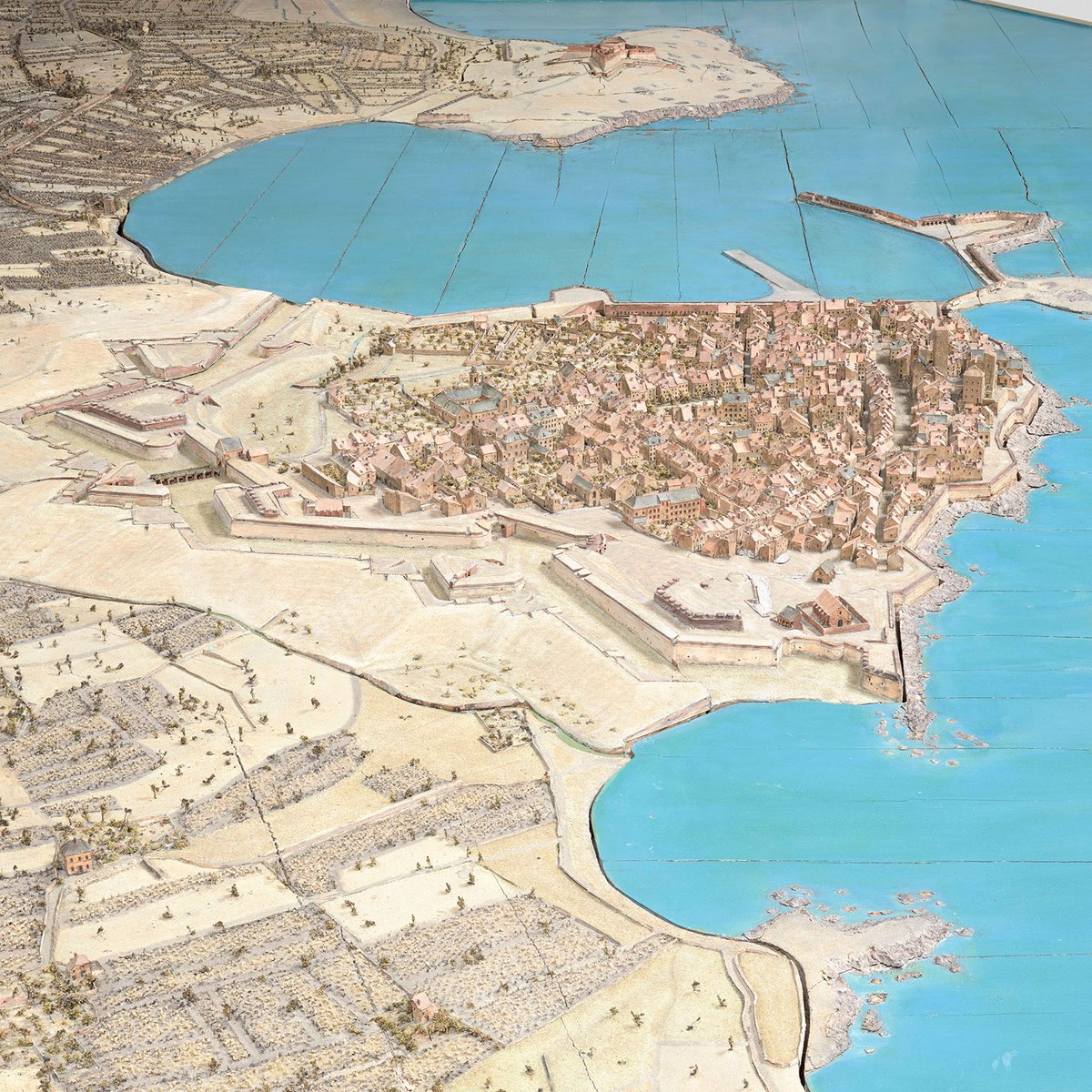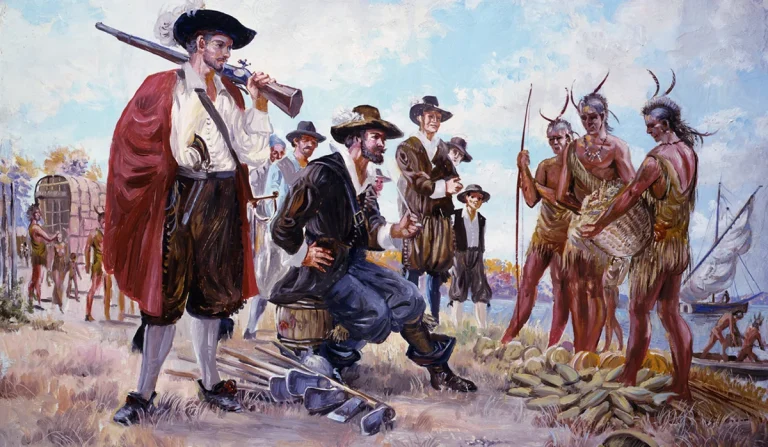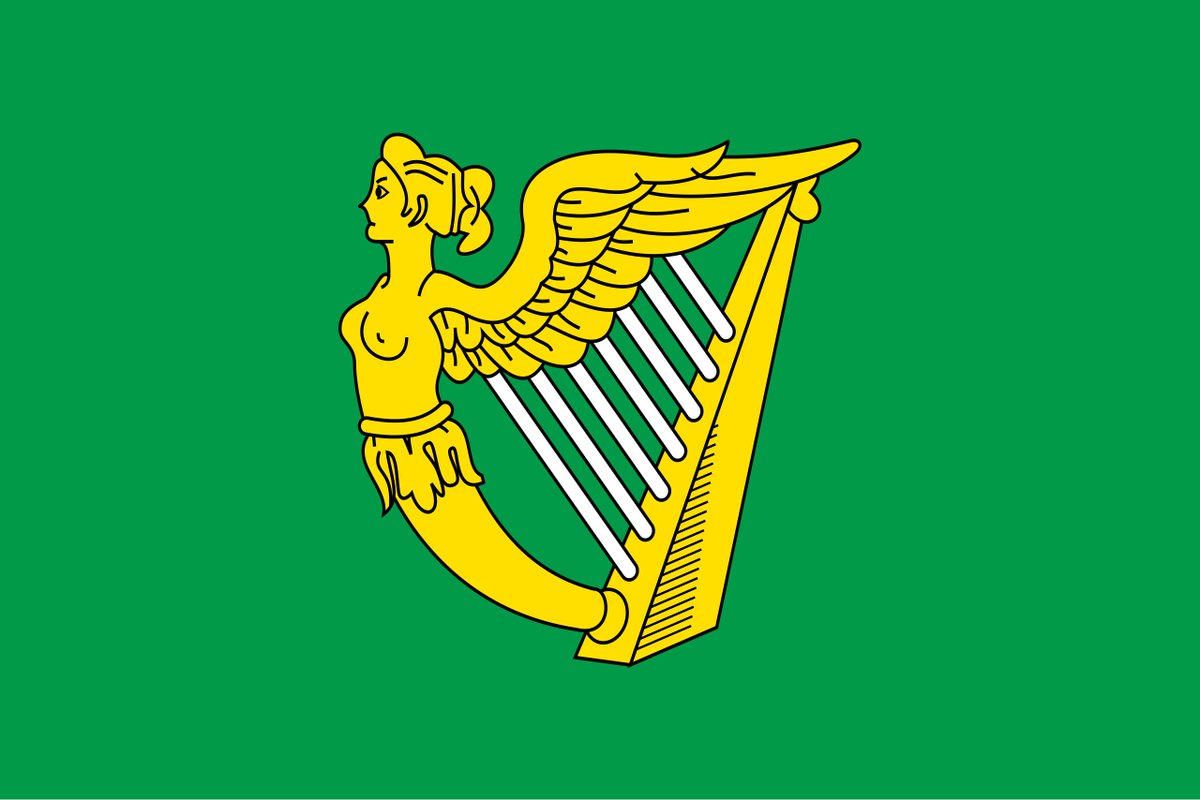Battle of Covadonga was the first Christian victory in the glorious Spanish reconquista. Fought in 722, the Christians led by the legendary noble warrior Pelagius of Asturias ambushed and defeated a much larger army of Moors! The flame of resistance was lit! 

In 711 the Mohammedan Moors of the Umayyad Caliphate defeated the Visigothic Kingdom in the battle of Guadalete. King Roderic died and his kingdom collapsed very quickly in the next years, as the Ummayads managed to conquer almost entire Iberian peninsula in relatively short time 



Only a tiny land of Asturias far in the north protected by the Cantabrian mountains remained defiant. This was a land of ancient warriors from the mountains whom even the Romans never managed to fully subdue! The Visigoths also never entirely conquered these lands. 

In memory of the Christians and their chroniclers, they saw the defeat of the Visigothic Kingdom as a punishment for its sins and wicked rivalries, "and as a consequence of sin Spain was ruined." At the same time, they also prophesied that Spain will be fully reconquered! 

Pelagius or Pelayo was according to chronicles one of the Goths of noble blood who sought refuge in Asturias. Formerly a powerful spatarius or military officer in the Visigothic court, he was a valiant warrior and wanted to continue to fight against this mighty enemy. 

While the Moors had presence in Asturias too, the local people would organize ambushes and attack their garrisons. The Mohammedan sources noticed Pelagius as the source of this and mention that he "kindled their [Christian] spirits until he encouraged them to rise in revolt" 

Arab sources continue that Pelagius and his closest followers took refuge on a rocky outcrop and many of his companions died of starvation as they lived on nothing except honey from some bees in hives that were there with them in the fissures of the rocks. 

The Moors underestimated this small group and mocked them, "Thirty infidels what could possibly come from them?" But in time, Pelagius grew in power! Sources write: "Position of the unbeliever Pelayo became strong. He left his rocky outcrop and conquered the district of Asturias" 

The Mohammedan Moors decided to send a big army led by commander Alqama and governor Munuza to eliminate Pelagius and his resistance. Pelagius was prepared and waited for the invaders near the village of Covadonga in a narrow valley flanked by mountains, easily defensible. 

Near Covadonga is also a sacred Catholic sanctuary connected to this battle, the Holy Cave of Our Lady of Covadonga. Tradition says that this was the cave Pelagius retreated from the Muslims to. There a hermit had hidden a statue of the Virgin Mary, saved from the Mohammedans. 


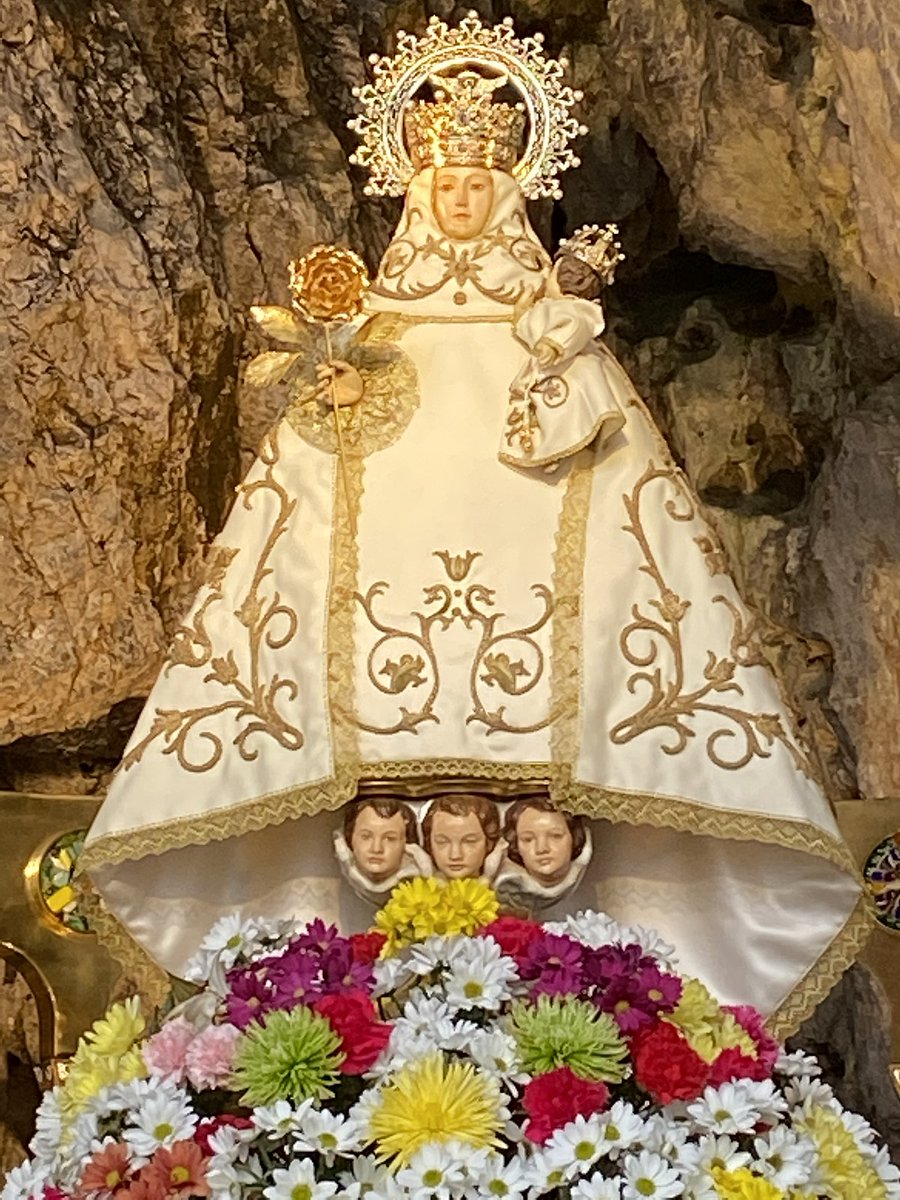
There are different versions of this legend, but according to all, Pelagius prayed to Virgin Mary for a victory! He only had around 300 men with him and needed a miracle to win. When the Moors arrived, they offered him peace but Pelagius refused to submit to their authority! 



According to chronicles, Pelagius explained his choice "For we confide in the mercy of the Lord that from this little hill that you see the salvation of Spain and of the army of the Gothic people will be restored ... Hence we spurn this multitude of pagans and do not fear [them]" 

The Moors sent their elite vanguard ahead to break the Christian forces in the valley and fierce fighting followed. Pelagius carefully prepared an ambush and had the Asturians shot arrows and threw stones from the slopes of the mountains, surprising the Mohammedan army. 
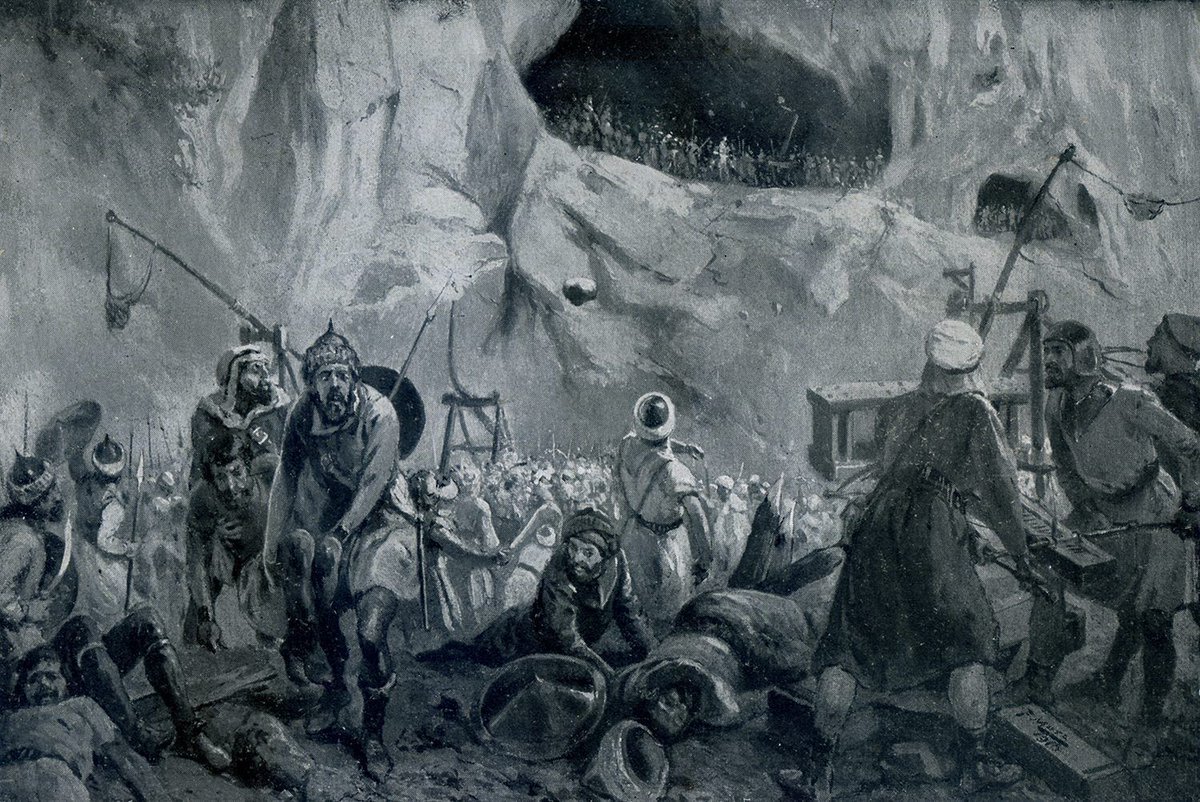
Then finally, Pelagius himself charged at the enemy army. He had been hiding in the cave and shocked the unsuspecting Moors even further. They were now entrapped by the Christian Asturians and a slaughter followed where their leader Alqama was also killed. Few were able to flee. 



"Thus liberty was restored to the Christian people ... and by Divine Providence the kingdom of Asturias was brought forth." The chronicles celebrated this triumph and the creation of the Kingdom of Asturias after this battle, which would be ruled by the heroic warrior Pelagius! 



• • •
Missing some Tweet in this thread? You can try to
force a refresh









